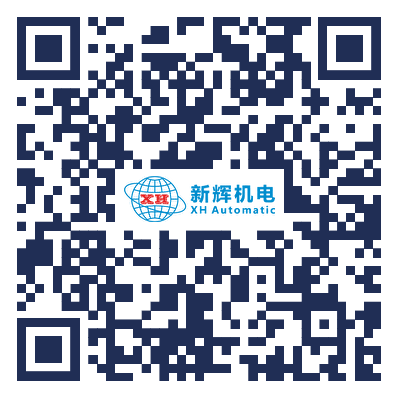In recent years, with the rapid development of artificial intelligence, sensor technology, and precision electromechanical systems, humanoid robots are gradually moving out of laboratories and science fiction movies and into the commercialization and industrialization phase. Whether it is Tesla's Optimus, Boston Dynamics' Atlas, or the prototypes launched by several domestic technology companies, they all confirm a trend: humanoid robots are becoming an indispensable important carrier in the future of intelligent manufacturing, service fields, and even home scenarios.

According to market research institutions, the global humanoid robot market is expected to exceed $100 billion by 2030. Its core competitiveness lies in its human-like form and movement capabilities, enabling seamless collaboration in human environments. However, the industry's true challenge is not “looking like a human,” but “moving like a human”—that is, achieving high flexibility and precision in human-like operations.
Currently, while humanoid robots have made significant breakthroughs in foundational capabilities such as walking, balance, and environmental perception, they still lag significantly behind human levels in complex movements like high-flexibility grasping and precise operations. The core issue lies in the technical limitations of the execution system:
Traditional hydraulic or pneumatic drives, though capable of high output force, suffer from issues such as large size, high noise levels, and complex control logic;
While the combination of ordinary motors and reducers is widely used, it struggles to meet the flexibility requirements of human-like movement in terms of response speed, control precision, motion smoothness, and integration.
It is against this technological backdrop that linear actuators have gradually emerged as one of the core technological pathways for joint drive systems in humanoid robots. Unlike traditional rotary motors, linear actuators convert the rotational motion of the motor into precise linear push-pull motion, more closely mimicking the contraction mechanism of human muscles, thereby providing a biomimetic foundation for human-like movements.
In the structure of linear robots, linear actuators are widely applied in critical areas such as finger joints, wrists, knees, and ankles. Their core advantages are manifested in three aspects:
l Bionic structural design, more closely aligned with human muscle movement mechanisms;
l High power density, enabling lightweight and compact drive components;
l Stronger force control and smooth control capabilities, capable of meeting precise operational requirements.
It can be said that linear actuators are the key technological foundation for achieving “human-like movement” in humanoid robots, as well as the core driving force behind their “operational dexterity” and “environmental adaptability.”
However, despite their significant advantages in design philosophy, the manufacturing process of linear actuators faces multiple technical barriers and process challenges:
l Extremely high assembly precision requirements, with micron-level errors potentially impacting overall performance;
l The precision coupling of multiple components is highly challenging, requiring close coordination between mechanical structures and control systems;
l Parameter coupling testing is complex, necessitating coverage of multi-dimensional metrics such as force, displacement, and speed;
l Consistency in mass production is difficult to guarantee, with stringent requirements for process stability;
l The demand for flexible production is growing, requiring adaptation to customized scenarios involving multiple models and small batches.
To address these manufacturing challenges, intelligent, automated, and flexible production lines have become the core support for breaking through these bottlenecks. For the production of high-precision linear actuators, a high-efficiency automated assembly line must possess the following key capabilities:
l High-precision automatic feeding and pre-positioning to ensure consistent assembly benchmarks for components;
l Real-time online monitoring of critical parameters such as torque and displacement to achieve comprehensive quality control throughout the process;
l Automated processes such as fastening and welding to reduce human operational errors;
l Multi-station collaborative operations and deep integration with the MES system to enable full traceability of production data;
l Fully automated functional testing and parameter calibration to ensure consistent product performance.
Such high-performance motor component production lines not only significantly improve production efficiency and consistency but also drive the transformation of manufacturing models from “experience-driven” to “data-driven,” providing a solid foundation for the large-scale mass production of high-performance linear actuators.
Against this backdrop, 【Xinhui's 25 years of deep expertise in the motor equipment industry】 builds on quality and integrity—specializing in the research and development of customized automated motor equipment solutions! We specialize in the R&D and manufacturing of a full range of non-standard automated equipment, including stator and rotor winding machines, internal winding machines, automatic core punching machines, magnetic plate machines, carbon brush machines, and fan blade machines. Every piece of equipment adheres to the production standards of “precision first, durable and reliable,” providing motor manufacturing companies with efficient and intelligent automated production solutions.









